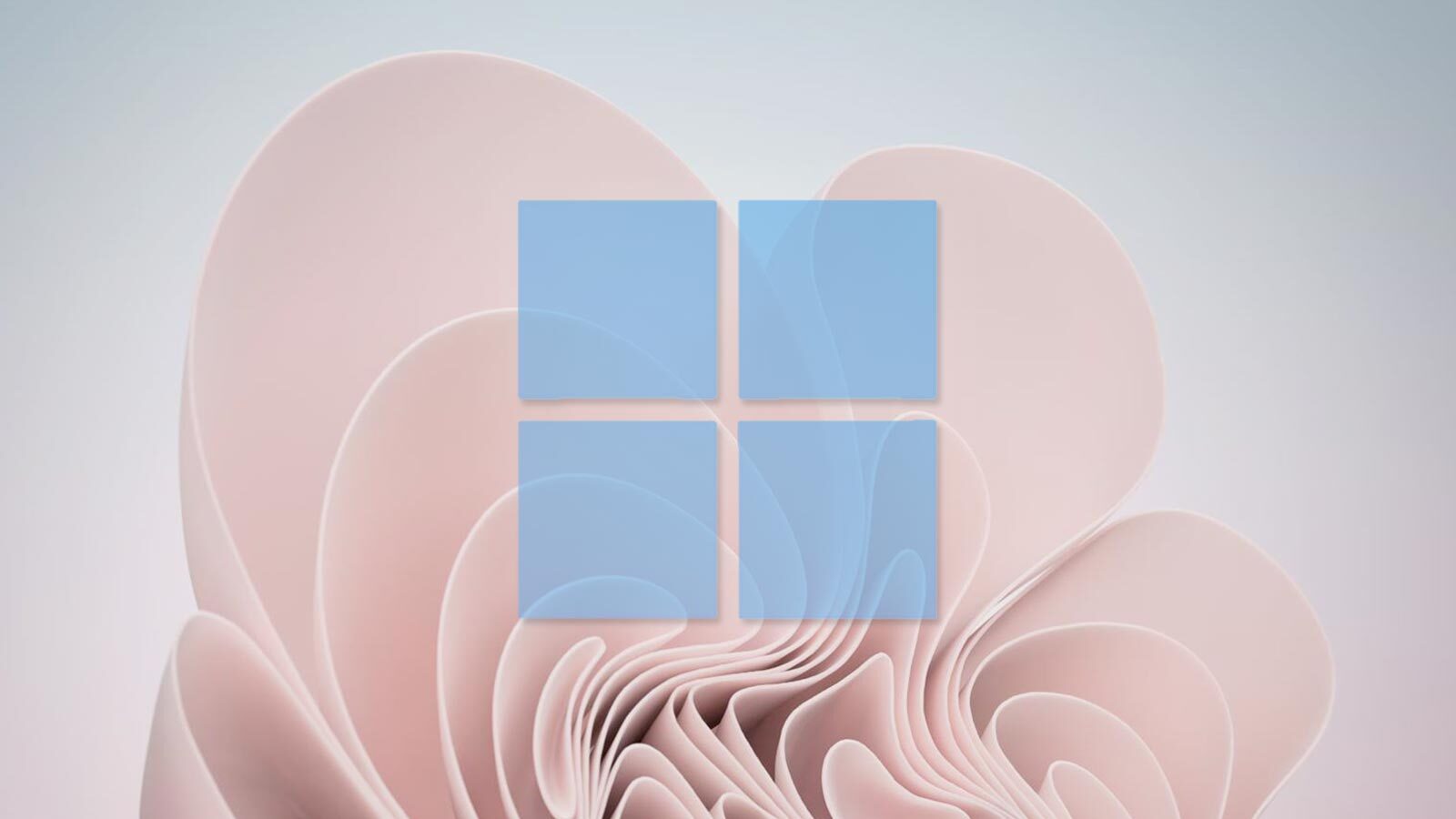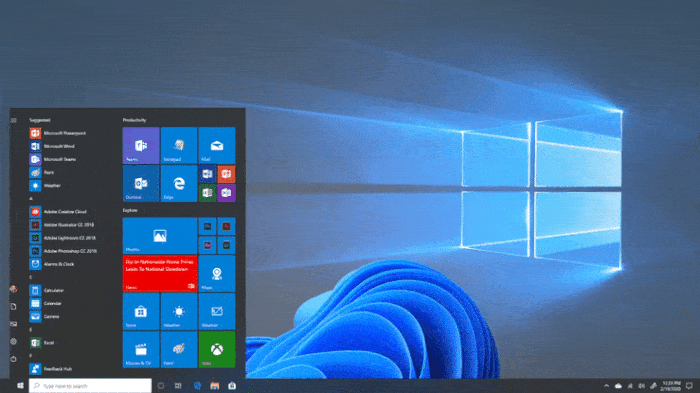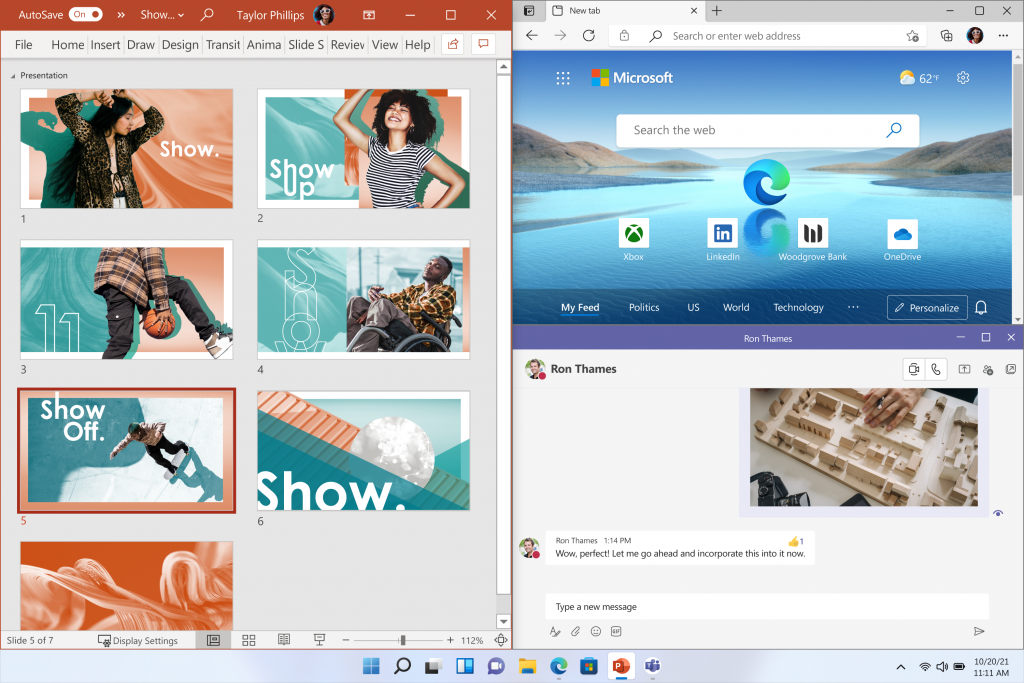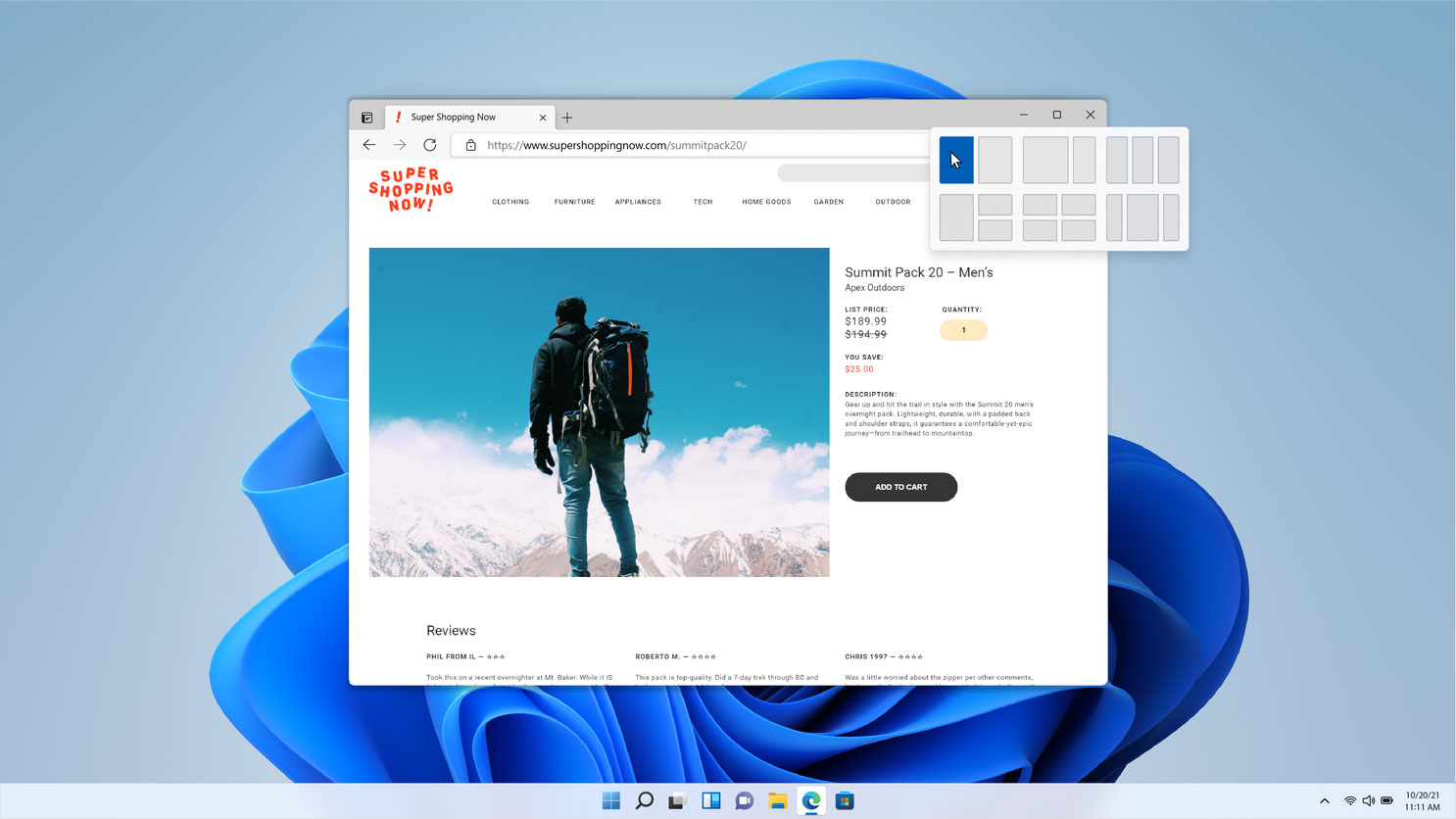Windows 11: Inside the dramatic redesign
'Softer, friendlier, and less intimidating': Here's the thinking behind the Windows 11 redesign

Update: Clippy is back in the latest Windows 11 update.
Windows 11 has been available to the public in beta form for nearly a month now, and while we won't see the full version of the software update until the end of the year, the centered Start button, rounded corners, and overall softness of the new operating system have already sparked outrage and appreciation among Windows watchers.
That's why the Medium post Microsoft's Design team published this week is so interesting: it outlines some of the key themes and goals the company prioritized when designing Windows 11, which may help folks frustrated with Windows' new look better understand where it came from.
- Here are the best Windows laptops
- Windows 11 system requirements: What you need to run it
- How to do a clean install of Windows 11 — without upgrading
- Plus: Microsoft is bringing Clippy back to life — thanks to new Windows 11 emojis
I doubt knowing why Windows 11 centers the Start menu on the taskbar will stop most of us from doing our level best to put it back on the far left where it belongs, but it's still food for thought from Microsoft.
Windows 11: Creating a calmer, more centered Start menu
According to the Microsoft Design team, the next generation of Windows is all about keeping us calm and centered.
"A guiding [Windows 11] design principle was based on a key theme surfaced during research: calm technology that makes our lives genuinely better," reads the Medium post. "After listening to people express a need for more efficiency and less noise when using Start, we designed a cleaner and simpler experience that puts people at the center by prioritizing the apps they love and the documents they need."

I don't know that center-aligning the Start button and pinned programs on the taskbar makes me feel any calmer, but it does at least make them easier to find if you're using an ultra-wide or curved monitor — and the Design team says as much, noting that the new alignment is meant to make Windows 11 easier to use on a variety of displays.
Get instant access to breaking news, the hottest reviews, great deals and helpful tips.
Indeed, the new Windows 11 Start menu looks to be a bit less noisy than its predecessor, as Microsoft has axed Live Tiles in favor of a clean two-pane interface (crowned with a search bar) that puts a gird of pinned apps on the top and a list of algorithmically-recommended apps and files below.
It's a notable improvement over the Windows 10 Start menu, which tends to look either cluttered with Live Tiles or (if you take the time to remove them) weirdly desolate, with big blocks of empty space. Whether the tighter design and rounded corners of the Windows 11 Start menu make you feel meaningfully calmer or not is something only you can decide, but at least one Tom's Guide staffer was convinced to upgrade to Windows 11 by this feature alone.
How the pandemic shaped Windows 11's more customizable desktop
We also found a number of new Windows 11 features that Apple should copy in the next macOS, chief among them being the way Microsoft has designed the next Windows such that you customize different desktops for the different ways you use your PC. It's a useful improvement for those of us who use the same PC to work from home, tinker on personal projects, and game with our friends. PCs have always shined as multi-purpose platforms, and the COVID-19 pandemic drove this home in a very literal way as so many of us adapted to working full-time from our personal desktops and laptops.
As you might expect, the Microsoft Design team also cites the pandemic as a driving force behind the Windows 11 redesign. According to today's Medium post, the broad move to long-term work-from-home setups is one of the key reasons why Windows 11 has much more granular options for switching between desktops, arranging windows, and generally organizing your Windows experience.

"Much as it has with everything, the pandemic influenced Windows 11," reads the Microsoft Design team post. "Over the past year, the boundaries between work and life have been redefined. In this new version of Windows, the ability to organize your activities is something that we paid close attention to...windowing and snapping have been redesigned to remember your preferences so when you leave your work brain for a moment to check the news (the new Widgets were intentionally designed to respect your workflow), the system remembers how you organized your space."
Improving Windows' capacity to remember how you like your desktop organized is a welcome upgrade, especially if you're someone who uses multiple monitors or regularly hooks your laptop up to an external display.

Along with the new rounded corners and warmer colors, these changes are all intended to make Windows 11 feel like a calmer, more welcoming operating system (according to the Microsoft Design team, at least). It seems like a noble goal, albeit one that can be quickly undermined if you stumble into the wrong settings menu and find yourself staring at the same cold and confusing system interface that's been hiding under the surface of Windows since the '90s.
Of course, there are lots of other changes coming in Windows 11 too: Auto HDR and DirectStorage features which make gaming on Windows a bit more like playing on an Xbox Series X, a redesigned Microsoft Store with (hopefully) many more apps, thanks to broadening submission requirements, and improved voice recognition, touch targets, and haptics for when you're using a stylus.
If you're bold enough to dabble in the Windows Insider Preview Build, you can install the Windows 11 beta on your own PC right now to check out some of these features. Of course, you'll need to make sure it meets the Windows 11 system requirements, including the potentially thorny requirement that Windows 11 won't work on your PC without a TPM (Trusted Platform Module) 2.0 chip.

Alex Wawro is a lifelong tech and games enthusiast with more than a decade of experience covering both for outlets like Game Developer, Black Hat, and PC World magazine. A lifelong PC builder, he currently serves as a senior editor at Tom's Guide covering all things computing, from laptops and desktops to keyboards and mice.
